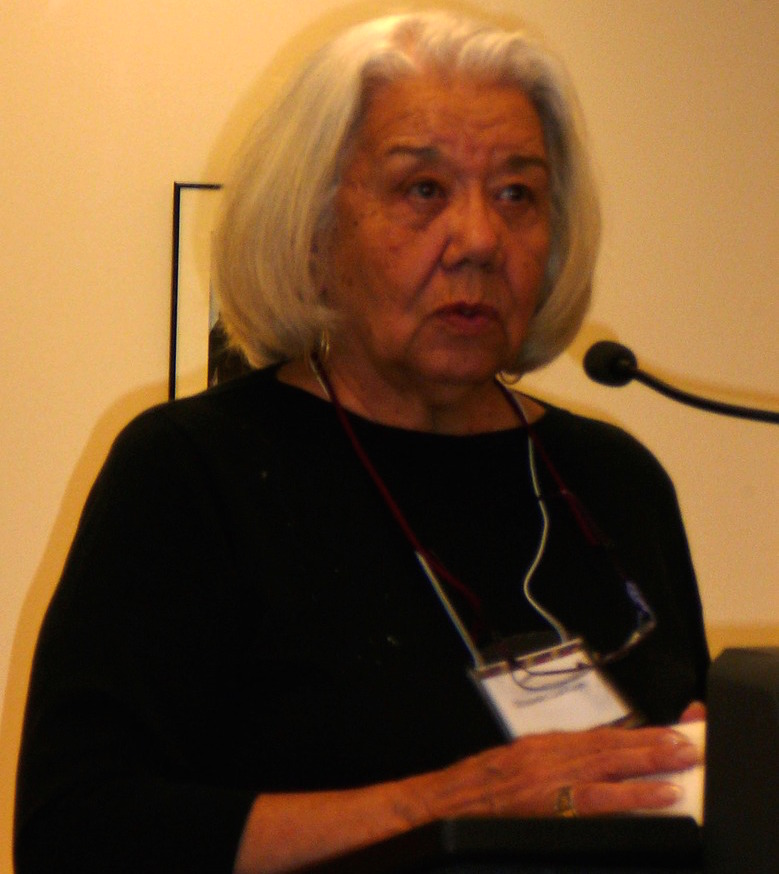
Elizabeth Cook-Lynn. Photo by Arizona State University Department of Archives and Special Collections
Trying to bridge the racial divide in Rapid City
By Elizabeth Cook-Lynn Finding ways to “come together” as a racially diverse city was the focus of a community gathering held at the Mother Butler Center last month. Dr. Rich Braunstein of the Government Research Bureau of the University of South Dakota in Vermillion presented an extensive research paper on race relations to an open forum of Indians and Whites. This 2015 Study on Race Relations commissioned by the city’s mayor in conjunction with Rapid City’s Police Department was not the first of its kind, but it was supported by the local Cultural Advisory Committee entitled “Rapid City Police Department and Native Community in Rapid City: Examining Policing Trends, Community Options and Best Practices.” This report is available online for those who missed the meeting. There was a huge amount of “data” on the table at the well-attended meeting, but what was missing was an historical context. Little was said about the history of racial conflict that is shared by Indians and Whites in Rapid City, the Black Hills, and South Dakota, yet this place can be said to be one of the most historically significant places in the country. Thousands of books have been written about Dakota Territory and the sacred Black Hills and the immigrant settlements and the Great Sioux Nation and the westward journey, and statehood.

Read the rest of the story on the all new Native Sun News website: Trying to bridge the racial divide in Rapid City (Elizabeth Cook-Lynn can be reached at ecooklynn@gmail.com) Copyright permission Native Sun News
Join the Conversation
